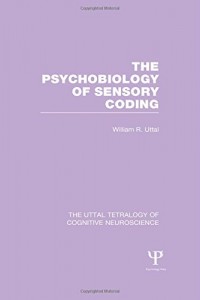-56%
Dissecting the Post-Colon Wordplay: Unraveling the Hidden Meanings
The advent of the colon (:) in written discourse has ushered in a new era of linguistic nuance and depth. Its use extends beyond mere sentence punctuation, delving into the realm of implied meanings and evocative associations. Let us embark on a journey to decipher this enigmatic symbol and uncover the hidden treasures it conceals.
AO (Author)
The enigmatic abbreviation “AO” trailing the author’s name tantalizingly hints at an undisclosed affiliation or distinction. It could signify an honorary title, such as Officer of the Order of the British Empire, a prestigious recognition bestowed upon individuals for their exceptional contributions to society. Alternatively, it may represent an academic designation, such as Associate Professor, indicating the author’s standing in the realm of academia. This enigmatic appendage invites speculation and underscores the multifaceted nature of the author’s identity.
PhD (Author)
The abbreviated title “PhD” denotes the pinnacle of academic achievement, the Doctor of Philosophy degree. This weighty credential signifies years of rigorous scholarship and original research, culminates in a doctoral dissertation that makes a significant contribution to the field of knowledge. The inclusion of “Author” after the PhD designation emphasizes the author’s dual role as not only a scholar but also a skilled communicator, capable of translating complex academic concepts into accessible and engaging prose.
Core Curriculum and Self-Directed Learning
This enigmatic phrase encapsulates a paradigm shift in educational philosophy. “Core curriculum,” on the one hand, refers to the essential knowledge and skills deemed indispensable for a well-rounded education. On the other hand, “self-directed learning” advocates for a student-centered approach, encouraging learners to take ownership of their educational journey and pursue their intellectual interests with autonomy. This juxtaposition highlights the evolving nature of education, balancing the transmission of knowledge with the empowerment of the individual learner.
Synoptic Style
The term “synoptic” originates from the Greek word “synopsis,” meaning “a comprehensive view.” In the context of writing, it implies a concise and panoramic presentation of information. The synoptic style epitomizes the efficient conveyance of knowledge, providing a bird’s-eye view of the subject matter while effectively highlighting key concepts and relationships.
Diagrams
Diagrams, like visual magnets, capture the essence of complex ideas and render them comprehensible. They transcend the limitations of text, translating abstract concepts into tangible representations that can be easily recalled and reproduced. In the context of this book, diagrams serve as invaluable learning aids, augmenting the written word and facilitating the assimilation of knowledge.
Self-Assessment Material and Explanatory Answers
This phrase highlights the importance of self-evaluation and feedback in the learning process. Self-assessment material empowers learners to gauge their understanding of the concepts presented, while explanatory answers provide valuable insights, consolidating and expanding on the chapter’s content. This interactive approach fosters self-awareness and promotes deep learning by enabling students to identify areas of strength and weakness.










Reviews
Clear filtersThere are no reviews yet.